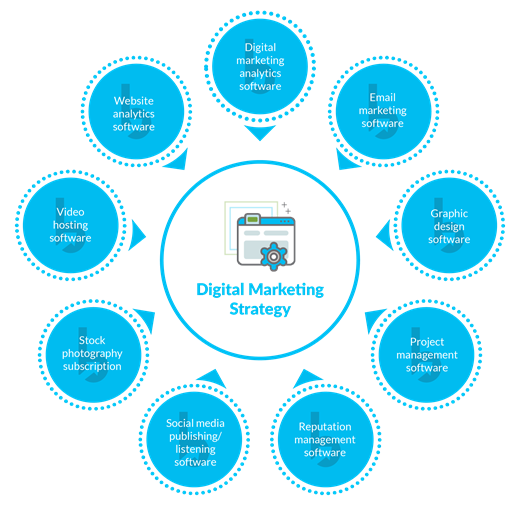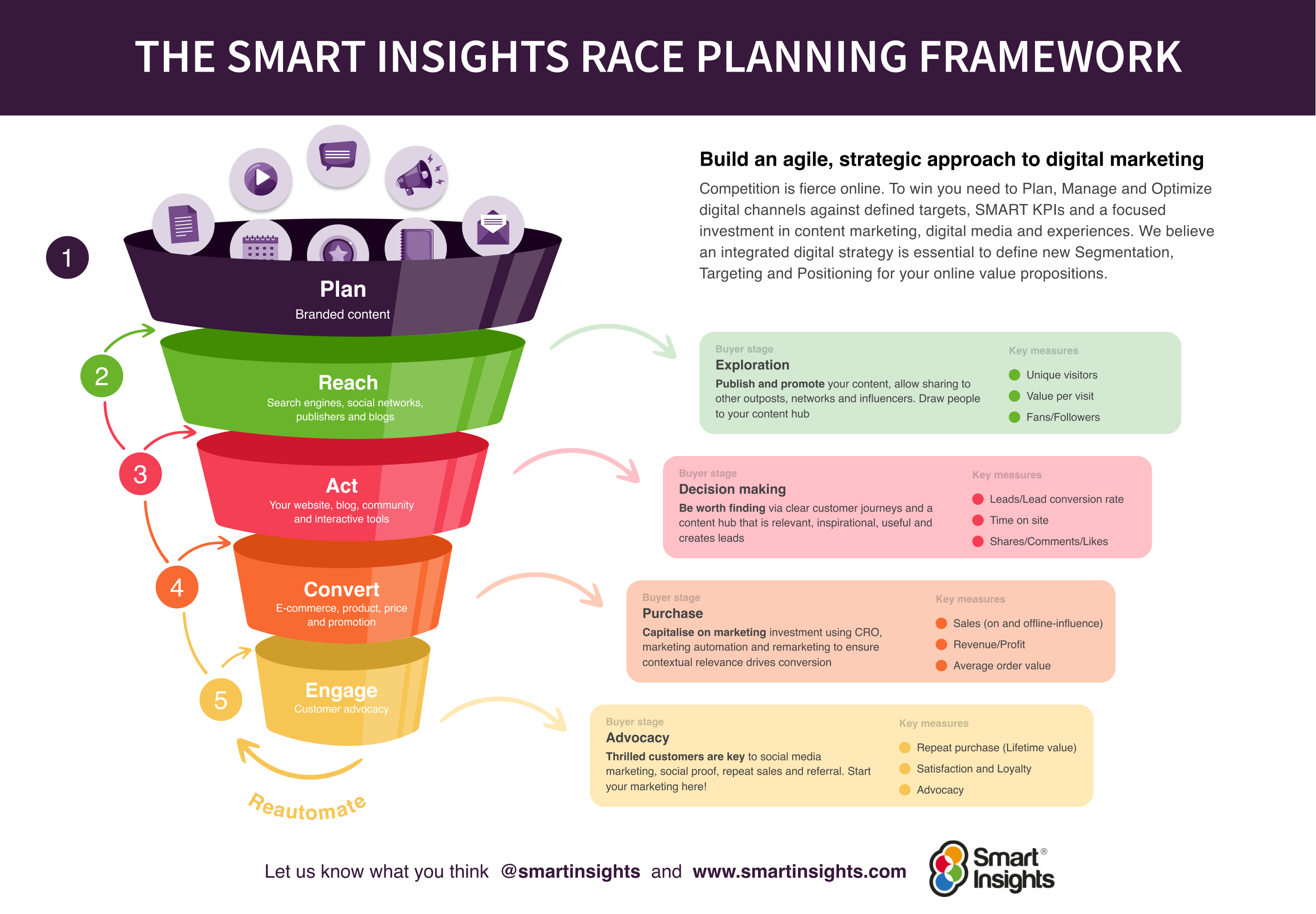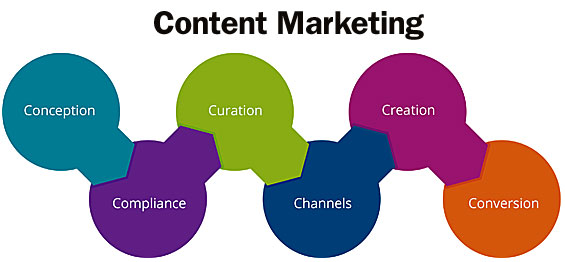SHARE

The banking industry faces new challenges and opportunities in today’s rapidly evolving digital landscape. With the rise of online banking and the increasing reliance on digital channels, banks need to embrace digital marketing strategies to stay competitive and effectively engage their customers. In this article, we will explore the importance of digital marketing in banking and provide tips on building a robust digital marketing strategy. We will also delve into optimising your bank’s online presence, engaging customers through social media, and utilising content marketing to create value for your audience.

(Source: Mint)
Understanding the Digital Landscape in Banking
The digital landscape in banking is a comprehensive ecosystem that includes websites, social media platforms, email marketing, search engine optimisation, and more. It encompasses all the digital touchpoints where customers interact with your bank, allowing you to build stronger relationships and provide seamless experiences. In this ever-evolving landscape, digital marketing has become essential for banks to connect with their customers and drive business growth.
The Importance of Digital Marketing in Banking
Digital marketing plays a pivotal role in banking by enabling banks to expand their reach, increase brand awareness, and acquire new customers. With a well-executed digital marketing strategy, banks can effectively communicate their unique value propositions and differentiate themselves from their competitors. Moreover, digital marketing allows banks to personalise their messaging and offers, targeting specific customer segments based on their needs and preferences.
Key Elements of the Digital Landscape
The digital landscape comprises several vital elements that banks must consider when developing their marketing strategies. These include a user-friendly website, search engine optimisation (SEO) techniques to increase online visibility, social media platforms for customer engagement, and content marketing to provide valuable information to customers. By understanding and harnessing these elements, banks can navigate the digital landscape successfully and achieve their marketing goals.
A critical aspect of the digital landscape in banking is the role of websites. A user-friendly website is crucial for banks to provide a seamless online experience for their customers. It should be easy to navigate, visually appealing, and offer quick access to critical information such as account balances, transaction history, and customer support. Additionally, banks should ensure that their websites are mobile-responsive, as many customers prefer to access banking services on their smartphones and tablets.
Another critical element of the digital landscape is search engine optimisation (SEO). Banks must optimise their websites and online content to improve their visibility in search engine results. Banks can increase their organic search rankings and attract more potential customers by using relevant keywords, creating high-quality content, and building backlinks from reputable sources. This can lead to higher website traffic, increased brand exposure, and, ultimately, more conversions for the bank.
(Source: Bankbound)
Building a Robust Digital Marketing Strategy for Banks
A robust digital marketing strategy is crucial for banks to leverage the digital landscape effectively. Here are two key steps to lay the foundation for your plan:
When delving into digital marketing for banks, it is essential to understand the dynamic nature of the industry. Banks must adapt to the ever-evolving digital landscape to stay relevant and competitive. By embracing innovative digital marketing strategies, banks can enhance their brand visibility, attract new customers, and foster stronger relationships with existing ones.
Identifying Your Digital Marketing Goals
Start by defining your digital marketing goals, such as increasing website traffic, generating leads, or improving customer engagement. Clear goals will help you align your marketing efforts and measure success accurately. Make your goals specific, measurable, achievable, relevant, and time-bound (SMART).
Furthermore, when setting digital marketing goals for banks, it is crucial to consider the regulatory environment and compliance requirements. Ensuring that your marketing strategies adhere to industry regulations will help build trust with customers and maintain the integrity of your brand.
Choosing the Proper Digital Marketing Channels
Next, identify the digital marketing channels that best suit your bank’s goals. Consider channels like search engine marketing (SEM), social media platforms, email marketing, and content marketing. Each channel has its own strengths and target audience, so choose wisely to maximise your impact.
Moreover, in the digital age, banks must also focus on enhancing cybersecurity measures to protect customer data and maintain trust. Implementing robust security protocols across all digital marketing channels is paramount to safeguarding sensitive information and mitigating potential cyber threats.
(Source: Promodo)
Optimising Your Bank’s Online Presence
A robust online presence is crucial for banks to engage with their customers effectively. These are two essential aspects to consider:
Enhancing Your Bank’s Website for User Experience
Your website is often the first touchpoint for potential customers. Ensure your website is user-friendly, mobile-responsive, and visually appealing. Make it easy for customers to find information, open accounts, and perform transactions. A seamless user experience will lead to higher customer satisfaction and increased conversions.
Furthermore, it is essential to regularly update your website with fresh content and features to keep customers engaged. Consider incorporating interactive tools such as financial calculators, budgeting apps, or live chat support to enhance user experience and provide added value to visitors. Personalisation is also key—tailoring content and recommendations based on user behaviour and preferences to create a more personalised experience.
Leveraging SEO for Better Visibility
A solid search engine optimisation (SEO) strategy will boost your bank’s visibility in search engine results. Conduct keyword research to identify relevant keywords and create high-quality content that resonates with your target audience. Optimise your website’s meta tags, headings, and internal linking structure to ensure search engines understand your site’s relevance.
In addition to on-page SEO tactics, consider off-page strategies such as link building and social media marketing to increase your bank’s online visibility. Collaborate with influencers or industry experts to create guest content or participate in online discussions to drive traffic back to your website. Monitoring and analysing your SEO performance regularly will help you identify areas for improvement and stay ahead of the competition in the digital landscape.
(Source: Smart Insights)
Engaging Customers Through Social Media
Social media platforms present an excellent opportunity for banks to personally connect with their customers. These are two tips for effectively engaging customers through social media:
- Engaging with customers through social media can create a sense of community and trust, which is essential in the banking sector. By providing valuable content, responding to queries promptly, and showcasing the human side of the bank, customers are more likely to feel connected and loyal to the brand.
- Furthermore, social media allows banks to gather customer feedback and insights, enabling them to tailor their products and services to better meet their needs. By actively listening to customer conversations and sentiments on social media, banks can identify trends, preferences, and pain points, helping them stay ahead in a competitive market.
Crafting a Compelling Social Media Strategy
Develop a comprehensive social media strategy that aligns with your bank’s brand and objectives. Define your target audience, choose the appropriate platforms, and create a content calendar to ensure a consistent presence. Engage with your audience by promptly responding to comments and messages. Use visuals, videos, and interactive content to capture attention.
Monitoring and Measuring Social Media Success
Monitor your social media performance using analytics tools to understand what’s working and what isn’t. Track engagement, reach, and conversion rates to evaluate your social media efforts’ effectiveness. Regularly assess your strategy and make necessary adjustments to optimise results.
(Source: The Financial Brand)
Utilising Content Marketing in Banking
Content marketing is essential to a successful digital marketing strategy for banks. Here are two tips on how to utilise content marketing effectively:
Creating Valuable Content for Your Audience
Create informative and relevant content that addresses your customers’ pain points, answers their questions, and offers practical advice. Consider creating articles, blog posts, infographics, and videos that provide insights into financial planning, investment strategies, or industry trends. By delivering value to your audience, you build trust and establish your bank as an authoritative source of information.
Furthermore, conducting thorough research to understand your target audience’s preferences and interests is crucial. You can tailor your content to resonate with them by identifying their needs and preferences. Use customer surveys, social media analytics, and market research reports to gather insights to inform your content creation strategy.
Promoting Your Content Effectively
Develop a content distribution plan to ensure your content reaches your target audience. Promote your content through social media, email newsletters, and partnerships with relevant influencers or publications. Encourage social sharing and engage with your audience through comments and discussions. By actively promoting your content, you increase its reach and engagement, driving more traffic to your website and generating leads.
In addition to traditional promotion methods, consider leveraging search engine optimisation (SEO) techniques to improve the visibility of your content online. Conduct keyword research to identify relevant search terms your target audience uses and incorporate them strategically into your content. By optimising your content for search engines, you can attract organic traffic and improve your website’s ranking in search results, enhancing your overall digital marketing efforts.
Conclusion
Navigating the digital landscape requires banks to embrace digital marketing strategies to effectively engage customers and stay competitive in the ever-evolving banking industry. By understanding the digital landscape in banking, building a robust digital marketing strategy, optimising your bank’s online presence, engaging customers through social media, and utilising content marketing, you can navigate the digital landscape successfully and drive business growth.
Frequently Asked Questions About Marketing Tips for Banks
What Are Essential Digital Marketing Tips For Banks?
Essential tips include optimising the bank’s website for user experience and SEO, leveraging social media to engage with customers, utilising content marketing to educate customers, and implementing data analytics to tailor marketing strategies.
How Can Banks Enhance Their Online Presence?
Banks can enhance their online presence by developing a responsive website, creating valuable content that addresses customer needs, and maintaining active and engaging social media profiles that reflect their brand values and offerings.
What Role Does Social Media Play in Bank Marketing?
Social media plays a crucial role in bank marketing by providing platforms for direct customer interaction, promoting new products and services, gathering customer feedback, and enhancing brand visibility and trust.
How Can Banks Use Data Analytics in Their Marketing Efforts?


















